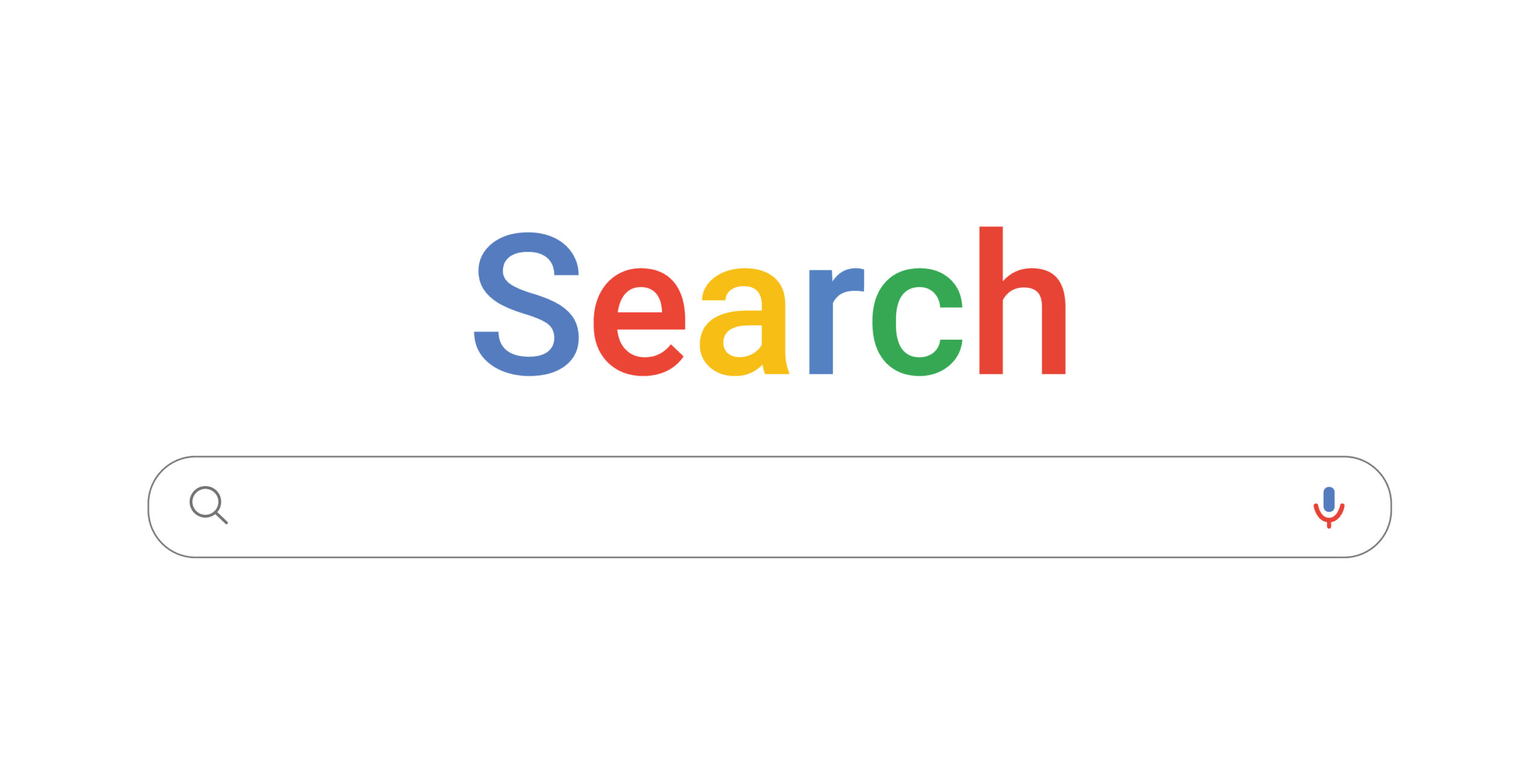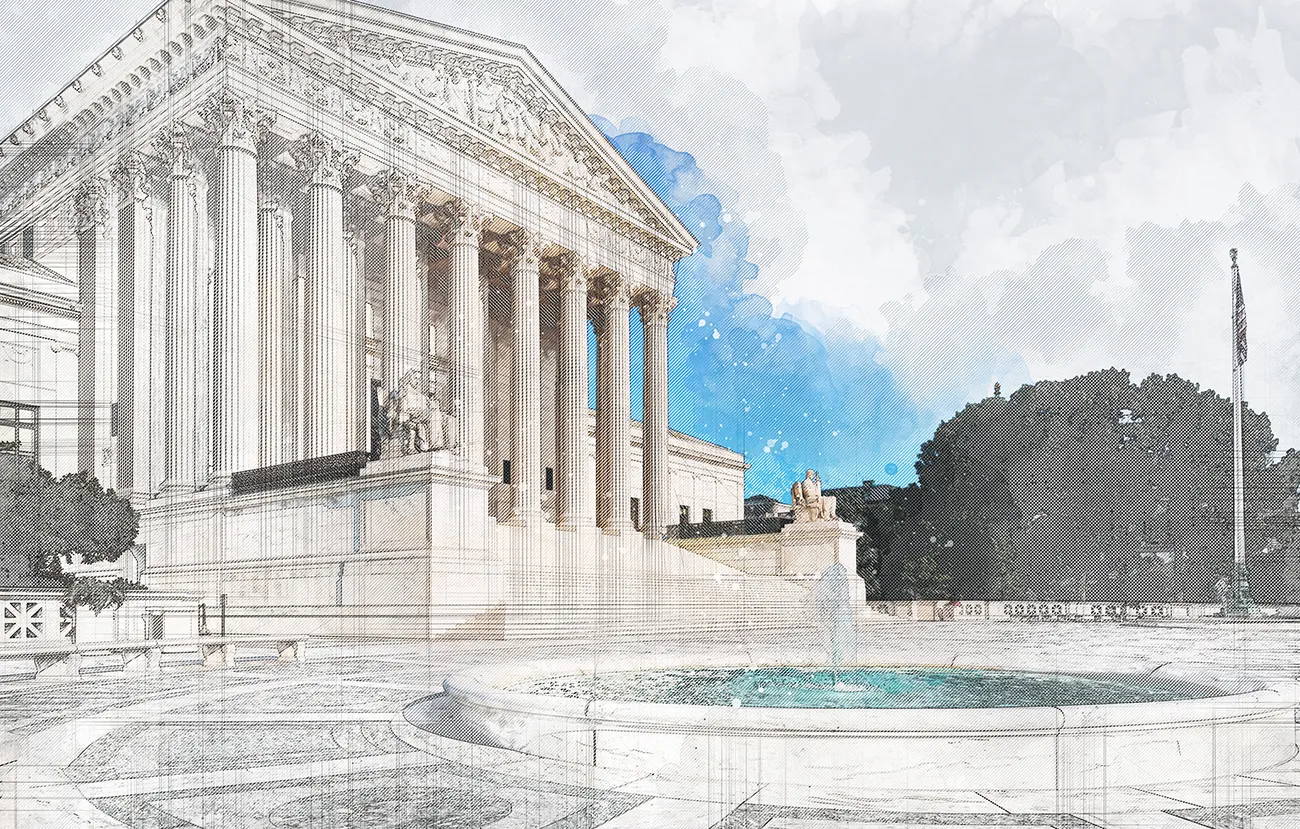Google Petitions Supreme Court in Oracle Case (Round Two)
Google has petitioned the U.S. Supreme Court to review the decisions of the U.S. Court of Appeals for the Federal Circuit (“CAFC”) in Oracle’s long-running copyright infringement litigation against Google. This litigation has been the subject of numerous DisCo posts, most recently here, and DisCo has created a page dedicated to the case.
The case concerns Google’s use of a small fraction of the software interfaces of the Java programming platform in the Android smartphone platform. Java, created by Sun Microsystems in the 1990s, is one of the world’s most popular programming languages. As the petition explains, “software interfaces are lines of computer code that allow developers to operate prewritten libraries of code to perform particular tasks.” When developing the Android platform, Google wrote its own libraries of code to perform tasks in a manner suited for the unique characteristics of smartphones, including smaller processors, limited memory, and battery life. However, it used some of the Java software interfaces to allow developers “to use their existing Java language skills to create Android applications.” Sun did not object to Google’s use of the Java software interfaces. But soon after Oracle’s acquisition of Sun in 2010, Oracle initiated this lawsuit against Google, even though, according to Google’s brief, the “overlapping code represented less than 0.1% of the over 15 million relevant lines of code in Android.”
In 2012, the district court found that the Java software interfaces used by Google were not protected by copyright. In 2014, the CAFC reversed this decision, and found that the interfaces were protectable under copyright. In 2016, a federal jury found that Google’s use of the Java software interfaces was permitted by the fair use right. The CAFC reversed this determination as well. Google is now requesting that the Supreme Court review both of the CAFC’s rulings.
Does Copyright Protect Software Interfaces?
In its petition, Google stated that the CAFC “has upended the computer industry’s longstanding expectation that developers are free to use software interfaces to build new computer programs.” Google first argued that the Supreme Court should review whether copyright protection extends to software interfaces. The petition noted that the CAFC’s decision deepened the existing circuit split concerning the application of the idea/expression dichotomy in 17 U.S.C. § 102(b) to interfaces. The First and Sixth Circuit held that interfaces are “methods of operation” outside the scope of copyright protection. The CAFC, however, sided with the Third Circuit’s view that a method of operation embodied in an interface is copyrightable if it could have been written differently. The petition explained that under the correct interpretation section 102(b), the Java interfaces were methods of operation. The interfaces “are analogous to a set of rules developers are trained to follow when writing programs in the Java language.”
The petition next argued that the CAFC deepened a circuit split concerning the application of the merger doctrine (that when an idea and its expression merge, copyright protection is withheld from the expression). The CAFC sided with the Third Circuit that “the merger doctrine does not restrict copyright protection for computer code necessary for interoperability as long as the original author could have written the code in more than one way.” This position is contrary to that of the Sixth Circuit, which found that “code that is necessary to achieve current compatibility represents a merger problem, almost by definition, and is thus excluded from the scope of any copyright.”
The petition noted that CAFC’s approach could not be reconciled with the Supreme Court’s landmark 1880 decision in Baker v. Selden, where the Court held that the merger doctrine precluded protection for the blank forms necessary to implement an accounting system. The petition observed that it made no difference to the Court whether Baker could have performed accounting generally without Selden’s forms, or whether Baker could have developed his own accounting method. The critical point for the Court was that because Selden’s “forms were necessary for the public to use that precise system, they could not be copyright.”
Likewise, using the Java interfaces “was the only way to allow independent developers to rely on their preexisting knowledge of the Java language when creating new programs.” Had Google not replicated the interfaces exactly, the Java developers would have been “locked into the Java platform (which Oracle controlled) and would have been unable to reuse their own code, or their knowledge of familiar interfaces and commands, on the Android platform (or any other).” The petition also found parallels between Google’s actions and those of Borland in the First Circuit’s Lotus v. Borland.
Does Fair Use Permit Google’s Use?
The petition argued in the alternative that even if the Java interfaces fell within the scope of copyright protection, the Supreme Court should review whether Google’s use of the interfaces constituted fair use under 17 U.S.C. § 107. The petition identified three errors made by the CAFC in connection to fair use.
First, the CAFC “failed to adapt the fair-use doctrine to the functional nature of software interfaces.” Functional works are entitled only to thin copyright protection, which means that it should be easier to show fair use of functional works. The CAFC, however, accorded the functional software interfaces at issue here the same fair use treatment afforded to artistic works.
Second, the CAFC was too rigid in its assessment of whether Google’s use was transformative for the purposes of the first fair use factor, the purpose and character of the use. The CAFC found that Google’s use was not transformative because the interfaces performed the same function on the Java and Android platforms. The petition stated that this was “a dangerous misapplication of the fair-use doctrine with breathtakingly broad implications.” The petition observed that “if a mere identity of function were enough to preclude fair use, the reuse of any preexisting computer code in new software would never fall within the fair-use defense. That is because computer code is essentially a set of instructions that performs the same function whenever it is used.”
Instead, the CAFC should have considered that Google created “an entirely new platform for smartphones.” The original Java platform was designed for desktops and servers. In contrast, “the new Android platform would have to accommodate resource constraints, such as limited memory and battery life, that did not apply to Java.” Moreover, the software interfaces formed only a small part of the new work. Because of the constraints of the smartphone environment, Google had to develop its own implementing code for Android, including new implementing code for the Java interfaces. Further, Google created new libraries of code for functions essential to smartphones, including touchscreens, camera, and location awareness.
In short, Google did far more than simply transfer the interfaces from one format to another. It created a new platform optimized for a completely different environment. If Google had used entirely different interfaces in Android, developers “could not have used the familiar, industry-standard Java shorthand commands to build Android applications and would therefore have been deterred from doing so.” This would “permit Oracle to accrue market power via copyright, locking in developers that had invested in learning the Java Language and making it difficult for them to use those skills in program for new platforms.”
The CAFC’s third fair use error was improperly reversing the jury’s implicit factual determinations regarding the fourth fair use factor, the effect of the use on the market for the work. The CAFC correctly acknowledged that it must assume that the jury resolved all factual issues relating to the historical facts of the case in favor of its verdict. But the CAFC rejected this assumption and made its own fact determinations. Whether and to what extent Java was used in mobile phones before Android was a disputed issue in the fair use trial. Had the CAFC deferred to the jury as it should have, it would have concluded that Java was never used in modern smartphones and that Java and Android occupied different markets. Nonetheless, the CAFC found that Google’s use of the Java interfaces harmed the market for Java because Java was used in mobile phones prior to Android.
Importance of the Questions Presented
Finally, the petition stressed the importance of this case for the software industry: “what Oracle seeks here is nothing less than complete control over a community of developers who have invested in learning the free and open Java language.” As the amici who filed briefs in the CAFC noted, the CAFC’s “approach would have a devastating impact on the development of computer software.” Specifically, “if code must perform a different function in a new work for the fair-use defense to apply, then a developer will be foreclosed from reusing copyrighted code designed to execute one particular function.” The petition observed that this reasoning threatens the prevailing approach to building software. New programs rely on preexisting interfaces to trigger certain functions, which is far more efficient than reinventing every program from scratch. If the CAFC’s “approach is allowed to stand, developers will be forced to abandon their traditional building-block approach to software development.”
Furthermore, the CAFC’s decisions risk disturbing the balance between patent and copyright law. The CAFC’s opinions “afforded software interfaces a government-granted monopoly based on a more relaxed standard and for a much longer period than permitted by patent law.”
Amicus briefs in support of Google’s petition are due February 25. Oracle will then have an opportunity to oppose the petition, and Google can respond to the opposition. The Supreme Court may request the view of the Solicitor General (“SG”) on whether to grant the petition. When Google asked the Supreme Court to review the CAFC’s 2014 decision, the Supreme Court requested the SG’s view. The SG advised against granting the petition, in large part because a fair use determination had not yet been made. Now that fair use has been considered, the SG may well support the petition. Because of the possible delay resulting from requesting the SG’s view, the Supreme Court might not rule on Google’s petition until the fall of 2019.








